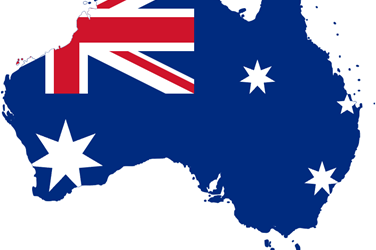This is the first article in the series and will answer the question: “What is Onshoring?” with discussion of why onshoring has become an important topic and what it means to supply chain management.
In this series of articles covering onshoring to Australia, I will be discussing what it means and how Australian companies can really benefit from the process of onshoring. The benefits to the Australian worker may be obvious, but how can Australian companies justify the expense of making significant changes to their supply chains to onshore to Australia? This is the broader question that this series of articles will answer. This is the first article in the series and will answer the question: “What is Onshoring?” with discussion of why onshoring has become an important topic and what it means to supply chain management.
Supply issues experienced during the COVID-19 pandemic have focused a spotlight on efforts to become less dependant on foreign sources for critical goods and services. Many politicians and community leaders have voiced support for increasing domestic supply resources for goods and services in general. Many governments around the world have now established programs to reduce the vulnerabilities of supply lines for key industries in their countries. The related messaging has used various terms to describe these campaigns such as reshoring, onshoring, nearshoring, or bringing back manufacturing. In this first of a series of articles related to onshoring, these terms will be defined and the real definition of onshoring will be explored in depth. Spoiler alert: Onshoring is far more than moving manufacturing operations from foreign soil back to the country where the company is located.
Recently in Australia, and elsewhere in the world, many have questioned a large reliance on manufacturing in Asia, and China in particular. Interruptions in the supply of products to Australia from other countries have resulted from Covid-19 changes in demand patterns. Related disruptions to freight distribution channels such as ocean cargo freighters and air freight carriers have caused product shortages and increased lead times across most product sectors. This in turn has caused much hot air to have been released from politicians who know very little about the supply chains that make companies run.
Definitions
Reshoring, nearshoring, right-shoring and onshoring are not the same thing.
Reshoring refers to changes in a supply chain that result in changing the country where some portion of the supply chain path progresses through.
Nearshoring refers to changes in a supply chain that result in changing some portions of a company’s supply chain path to progress through countries located near the country in which the company is located. Examples of this in America include purchasing goods or services from Mexico or Canada instead of China or India. Nearshoring for companies located in countries like Australia can be challenging due to the small number of industrialized countries located nearer to Australia than China where reductions in inventory or freight costs would justify the change.
Right-shoring, also called best-shoring, refers to sourcing or building manufacturing resources in the country that best meets the strategic goals of the company. Concentration of a particular skilled labour or proximity to other critical resources are potential strategic drivers for right-shoring.
What is Onshoring?
Broadly defined, onshoring is the process of changing some, or all elements of a company’s supply chain to be provided by suppliers within the same country as the company instead of suppliers outside of that country. Onshoring focuses on using indigenous manufacturing and services instead of offshore providers. For most companies, onshoring all of their supply chain to their home country is not going to be possible. Many commodities and products are simply not available or not affordable locally.




